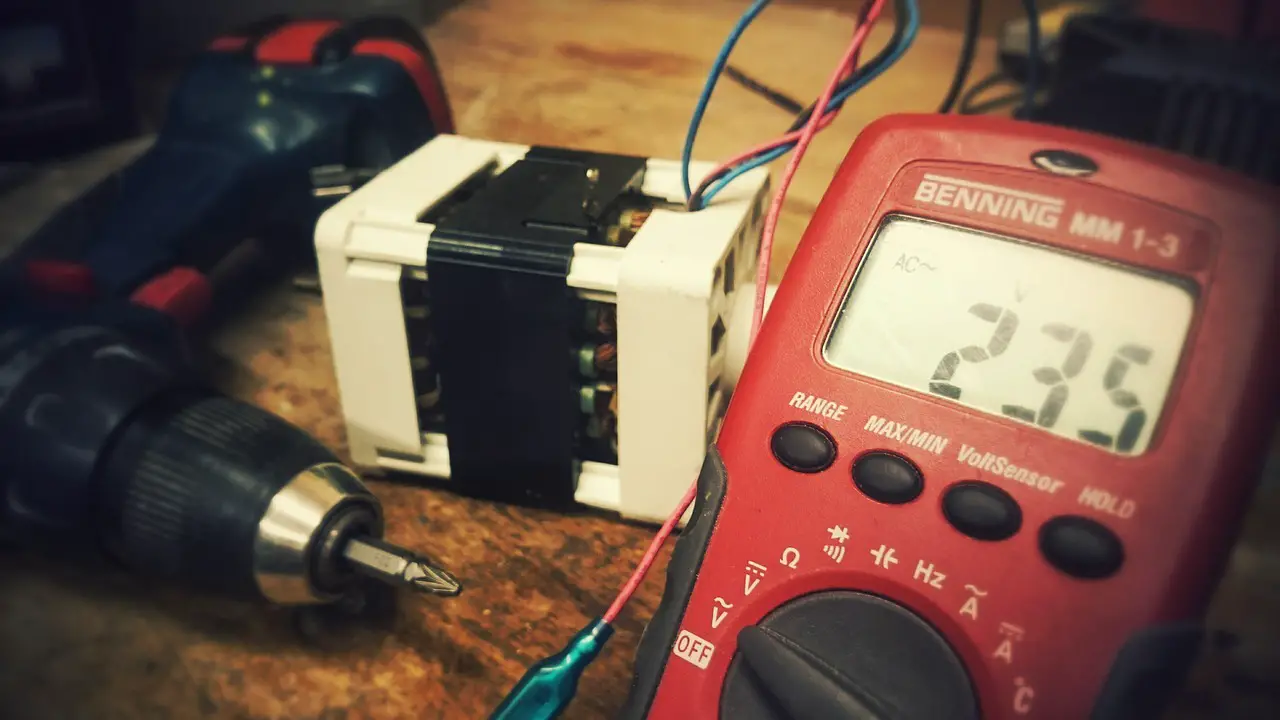The Pandora Pluto presents a paramount proposition for precise color calibration of video displays. This article explores the ultimate color calibration solution provided by the Pandora Pluto device, which leverages a 10-bit 17x17x17 3D LUT (Color Cube) workflow within the Calman software. By employing a methodical and meticulous approach, the Pandora Pluto enables users to achieve optimal display performance. Its advanced 3D LUT calibration capabilities offer an efficient and effective solution for calibrating video displays.
To initiate the calibration process, the Pandora Pluto device requires a firmware version of 1.36 or newer, with connection established to the Calman calibration computer via Ethernet. The setup entails connecting the Pluto signal output to the display, linking the video input signal to Pluto, and recording the Pluto IP address. In the Calman software, the Color Cube workflow is loaded, allowing users to select signal levels that align with the display. The Pandora Pluto is then designated as the 3D LUT device, and adjustments are made to the black level and RGB settings. This facilitates the creation and loading of an optimized 33x33x33 LUT into the Pluto device. Overall, the Pandora Pluto offers a cutting-edge solution for achieving accurate and vibrant color reproduction on video displays.
Key Takeaways
- Utilize Color Cube (3D LUT) for display calibration
- Ensure Pluto firmware version is 1.36 or newer
- Connect Pluto Control Port via Ethernet for calibration
- Follow the Calman Recommended Workflow for accurate calibration
Calman Recommended Workflow
The Calman Recommended Workflow for calibrating displays with the Pandora Pluto involves utilizing the Color Cube (3D LUT), ensuring the Pluto firmware version is 1.36 or newer, connecting the Pluto Control Port via Ethernet, following the Pluto Initial Setup steps, and setting the black and white levels to full range. The Color Cube (3D LUT) is a key component in achieving accurate color calibration. It allows for precise adjustments to be made to the display’s color gamut. To begin the calibration process, the Pluto firmware must be updated to version 1.36 or newer. This ensures that the device has the necessary features and capabilities for accurate calibration. Connecting the Pluto Control Port via Ethernet allows for seamless communication between the Pluto and the calibration computer. Following the Pluto Initial Setup steps ensures that the device is properly connected to the display and the calibration computer. Finally, setting the black and white levels to full range ensures that the display is capable of producing the full range of colors and tones. Overall, the Calman Recommended Workflow provides a comprehensive and effective approach to calibrating displays with the Pandora Pluto.
Pluto Initial Setup
Upon powering on Pluto and connecting it to the display and calibration computer, the user must ensure that both devices are on the same network and record the IP address of Pluto. This step sets the foundation for a seamless calibration process.
| Step | Procedure |
|---|---|
| 1 | Connect Pluto signal output to the display |
| 2 | Connect video input signal to Pluto |
| 3 | Power on Pluto |
| 4 | Connect Pluto and calibration computer to the same network |
| 5 | Record Pluto IP address |
Following these steps ensures that the Pluto device is properly set up and ready for calibration. By connecting the signal output and input correctly, and ensuring that the devices are on the same network, the user can establish a connection and communicate with Pluto. Recording the IP address is crucial for later stages of the calibration process, as it allows the calibration computer to communicate with Pluto effectively.
Calman 3D LUT Display Calibration
To perform the Calman 3D LUT display calibration, users must load the Color Cube (3D LUT) workflow in Calman and select the appropriate signal levels to match the display. This ensures accurate color calibration for the video or PC being used. The workflow provides step-by-step guidance throughout the calibration process. Once the workflow is initiated, users need to find and select the Pandora – Pluto as the 3D LUT device. From there, they can adjust the black level and RGB settings to fine-tune the calibration. It is important to note that there is no need to create a 1D LUT for this calibration process. After completing these steps, users can proceed to the AutoCal setup for the 3D Cube LUT. This involves selecting the desired directory and providing a LUT file name, choosing the calibration type, and selecting the video range. Once these settings are confirmed, the calibration process can commence.
AutoCal Setup for 3D Cube LUT
For the AutoCal setup of the 3D Cube LUT, users can select their desired directory and provide a custom name for the LUT file, ensuring a personalized calibration process. This allows users to have more control over the calibration and create a unique LUT file that matches their preferences. Additionally, users can choose between two calibration types: IR Profile or Lightning LUT. The IR Profile calibration type uses infrared measurements to create a profile, while the Lightning LUT calibration type provides a faster calibration process. Users can also select the Video Range, which is typically set to SMPTE 16-235. Once all the settings are configured, users can click OK to start the calibration process, and Calman will generate the 3D LUT data. This process ensures that the display is accurately calibrated and provides a high-quality viewing experience.
| AutoCal Setup Steps |
|---|
| Select directory |
| Provide LUT file name |
| Choose calibration type |
| Select Video Range |
| Start calibration process |

